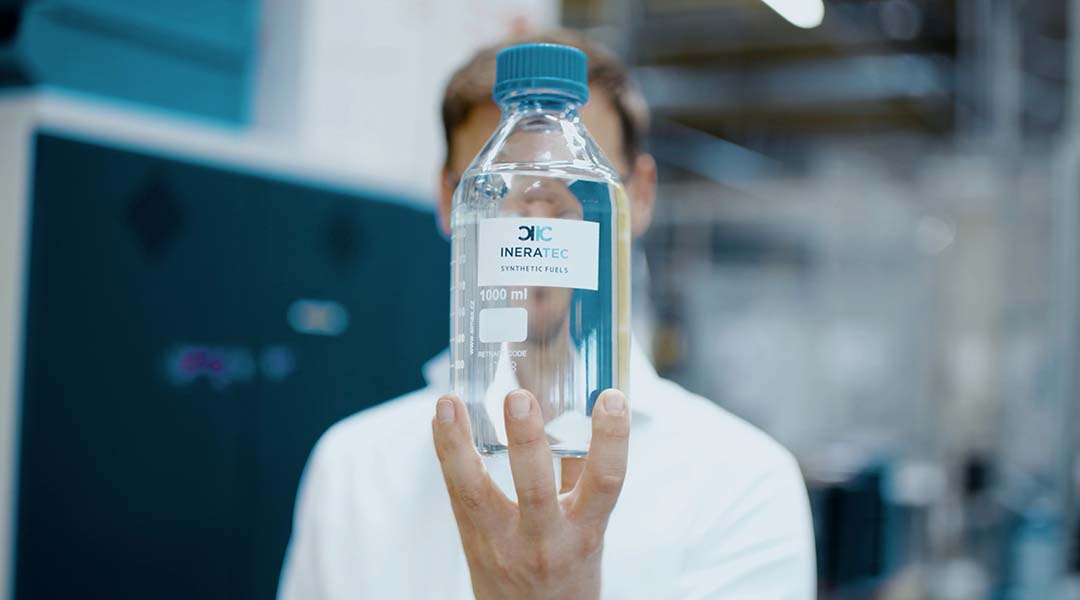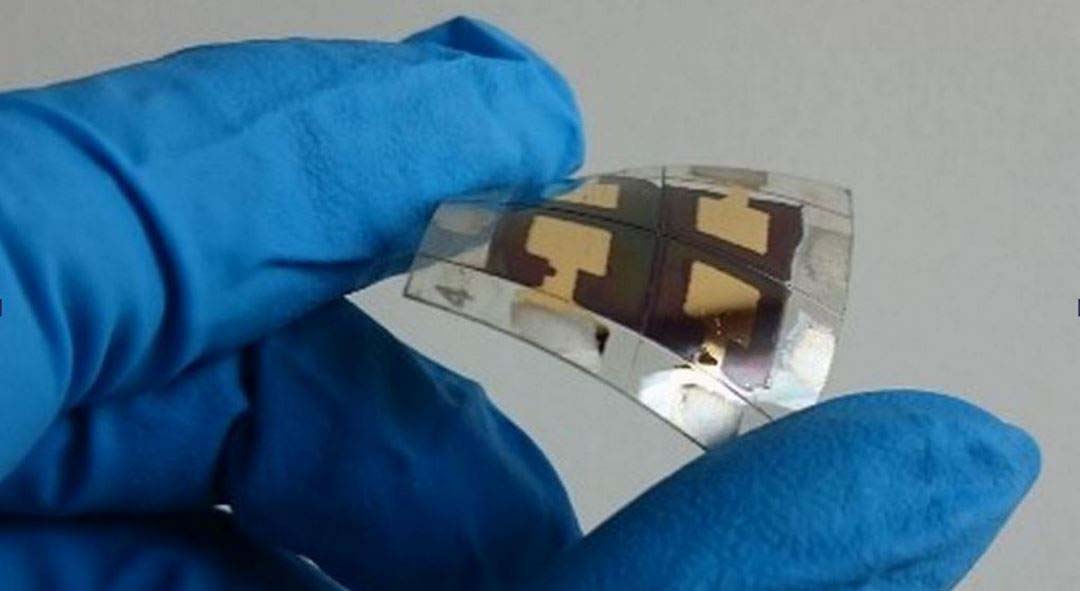We will not solve the climate crisis and inspire action without generating a shared emotional response to our changing world.


We will not solve the climate crisis and inspire action without generating a shared emotional response to our changing world.

A new study identifies that magnesium hydrosilicate, a compound present during the Earth’s formation, may be responsible for our planet’s abundant water.

Shifting away from fossil fuels to renewable energy products will not only help address harmful emissions, but unwanted chemical exposure.

A German start-up has developed a method to convert captured carbon and hydrogen into a range of sustainable fuels.

A new ink deposition method simplifies a complicated process for creating efficient perovskite solar cells.

Climate migration has already begun, and it appears tiger sharks have been on the move for decades.

An innovative new material called CALF-20 has found success in an industrial pilot-scale carbon capture project.

An innovative chemical sensor design could make environmental monitoring in the field more efficient and effective.

New research with samples from Pic du Midi Observatory reveal that microplastics are traversing the globe through the atmosphere.

Through a happy accident, researchers have identified a new self-repairing electronic material that could make sci-fi dreams a reality.